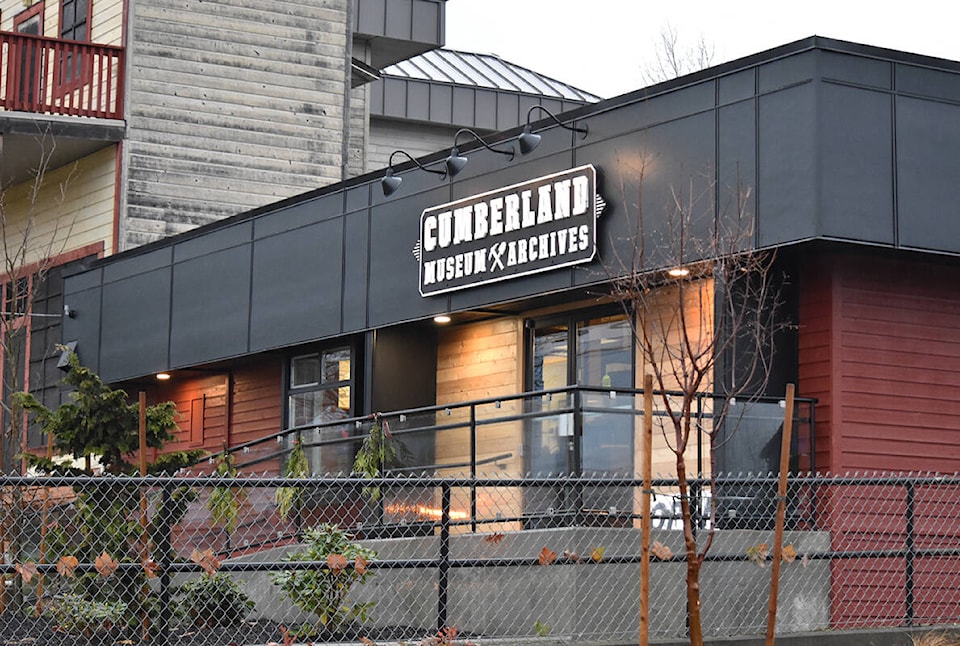There is an empty case in the Cumberland Museum and Archives building when it comes to the history of the Black community in the village, and its executive director is glad it is there.
“(The empty case) is actually part of the exhibition is sort of to say … we don’t have the information or artifacts to fill it. And I think that’s something that’s happening a lot within the museum community right now,” explains Rosslyn Shipp during an upcoming episode of the Record’s Off The Page podcast.
February is Black History Month, a time often associated with awareness and history within the United States. However, Shipp says it’s important to learn and share stories - or find more information - about the Black community in Canada and locally, particularly in Cumberland.
“I think we’re really coming to learn that my history is different from your history, and everybody experiences things in a different manner. And maybe we need to shed more light on other areas and other people’s histories.”
Shipp says around the turn of the century, there were between 15 to 40 people in the village’s Black community who lived in a small area down Camp Road. Heading toward Comox Lake, there is a cairn that is a placeholder for where the community once stood.
She doesn’t believe the community lived in the area for an extended period of time, perhaps for about 10 years.
From oral history perspectives, the Black community came into Cumberland with mules and showed others how to care for them. There are a few photographs of Black individuals working in the mines, but not many.
Shipp notes it is a unique perspective for the community and museum to say they don’t know the history or that they don’t have the full picture of Cumberland’s Black community - it’s not something even five or 10 years ago an institution like a museum might admit.
Being open, transparent and willing to learn is a good perspective for the museum to have to take on a part of history that needs more information, she adds.
“I think it’s important for places of learning and places for the community to say we have lots of information here, but we aren’t always the experts on everything. And that it’s okay to not be an expert in everything, and that so much of our local history is told to us through community members, and we want to make sure that the community also knows that we may have gaps in our learning as well … and that’s how we can gather more information.”
To get more information on Cumberland’s Black community and the village, visit the Cumberland Museum & Archives at 2680 Dunsmuir Ave from 11 a.m. to 4:30 pm. Tuesday to Saturday.
For an online history experience of the province, visit British Columbia’s Black Pioneers by the BC Black History Awareness Society.
photos@comoxvalleyrecord.com
Like us on Facebook and follow us on Twitter
